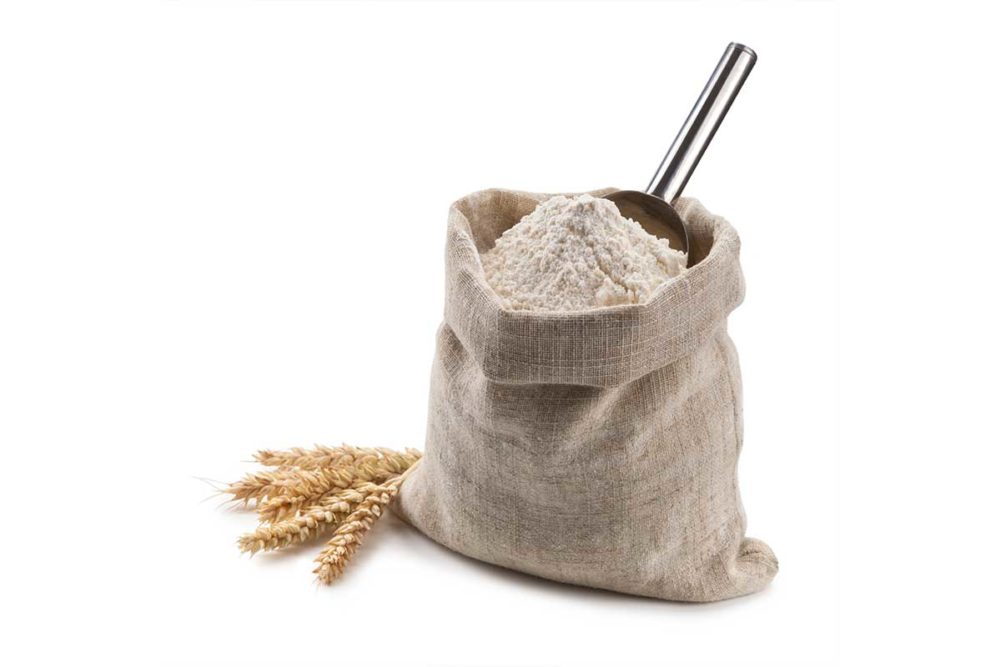LONDON — The International Grains Council (IGC) revised global wheat flour trade in 2022-23 up 500,000 tonnes from its previous forecast to 14.3 million tonnes, which is still well below the five-year average and historical peaks.
If realized, it would represent a 2% increase over the 2021-22 trade total and a second straight year in which trade has risen following the COVID-19 pandemic that began in 2020.
The IGC said the increase is mainly due to “expectations for larger deliveries to Asia, notably Iraq and Afghanistan, the world’s largest importers of wheat flour, with full-year arrivals pegged at 2.3 million tonnes and 2.2 million tonnes, respectively.” It would represent a 700,000-tonne combined increase for the two countries from the previous year.
However, the IGC said its projection came with a caveat.
“While the outlook for Afghanistan has been raised on larger reported deliveries by Kazakhstan, typically the main supplier, the number for Iraq has been scaled back amid an observed increasing shift to grain wheat purchases,” the IGC said.
With volatile prices capping demand, deliveries to sub-Saharan Africa are projected at a multi-year low of 1.8 million tonnes, down from 2.3 million in 2021-22, the IGC said.
Flour trade in South America also is forecast to decline due mainly to reduced availabilities in drought-stricken Argentina, the traditional regional supplier, the report said. Imports in the region are expected to decline by 200,000 tonnes to 900,000.
Turkey is once again pegged as the largest exporter, with 5.04 million tonnes of flour projected to be shipped in 2022-23, an increase of more than 600,000 tonnes over the previous year.
The IGC’s initial projection for flour trade in 2023-24 is for a slight decrease to 14.2 million tonnes. The projection includes declines in purchases by Afghanistan and Uzbekistan, assuming larger local wheat availabilities in those countries and contraction of supplies from Afghanistan.
“Some recovery in purchases is anticipated in South America and sub-Saharan Africa,” the IGC said. “However, the latter hinges on product prices and economic conditions across the region.”





